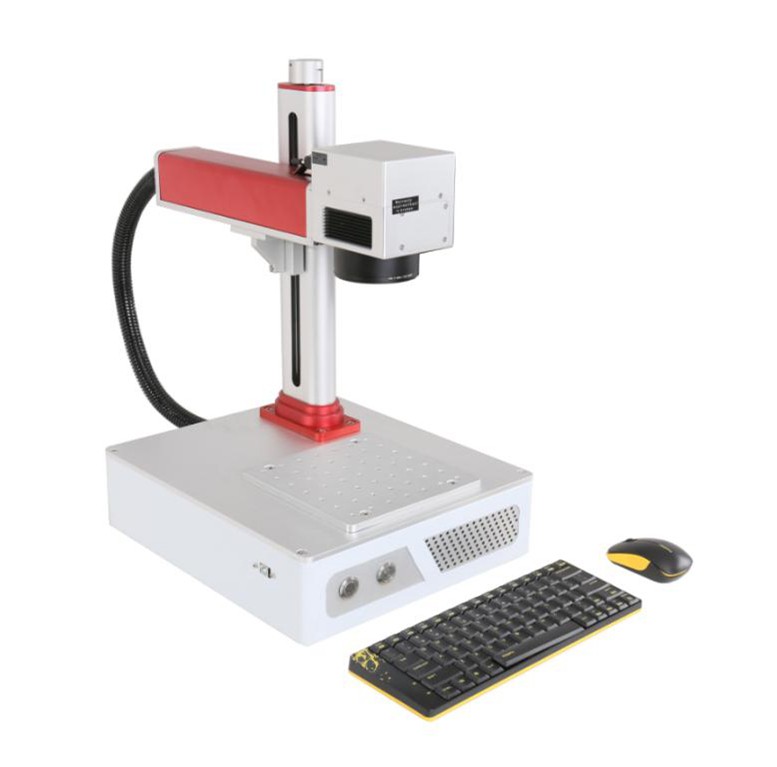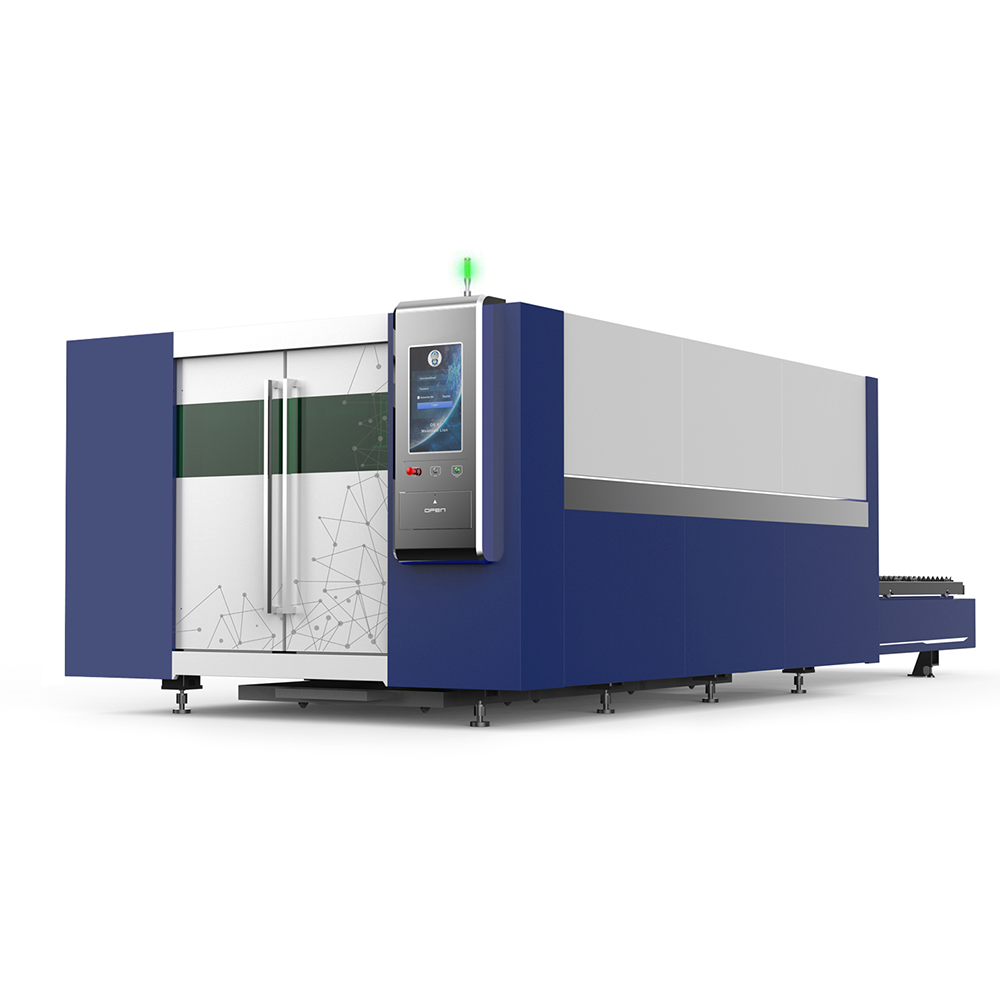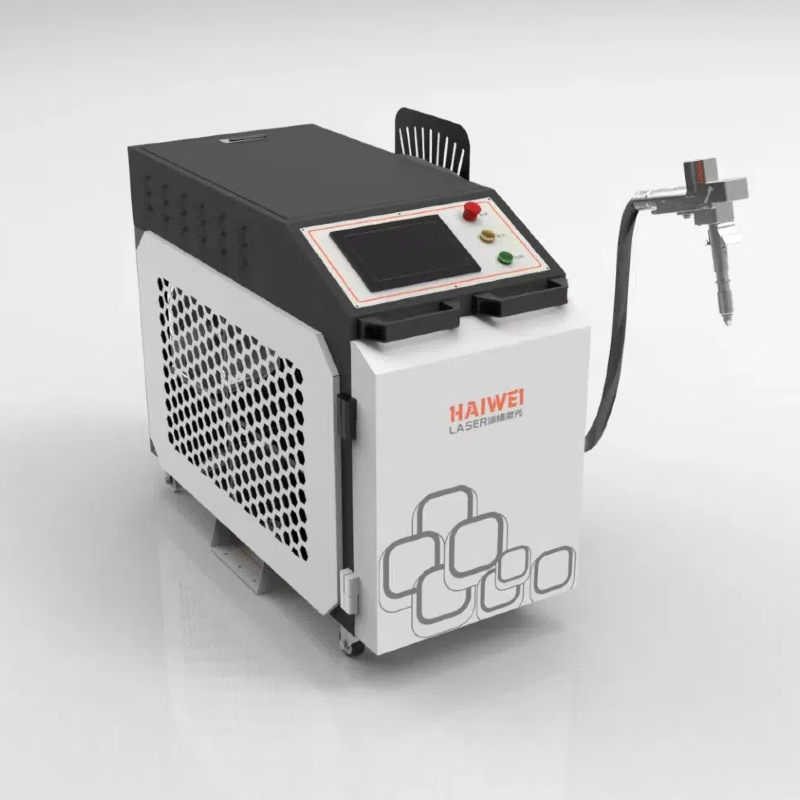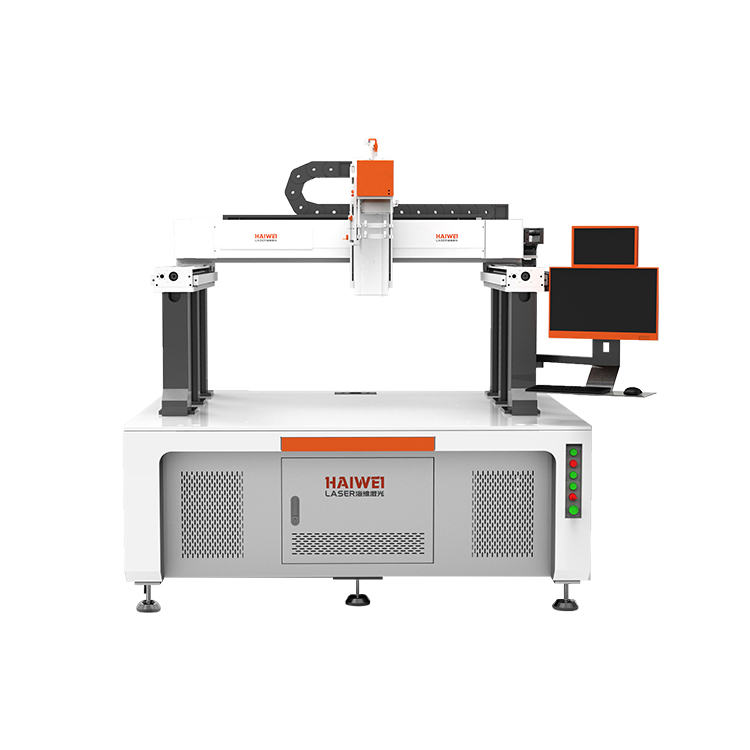All Categories
-
 Agriculture
Agriculture
-
 Health-Care
Health-Care
-
 Environment
Environment
-
 Construction-Real-Estate
Construction-Real-Estate
-
 Tools-Hardware
Tools-Hardware
-
 Home-Garden
Home-Garden
-
 Furniture
Furniture
-
 Luggage-Bags-Cases
Luggage-Bags-Cases
-
 Medical-devices-Supplies
Medical-devices-Supplies
-
 Gifts-Crafts
Gifts-Crafts
-
 Sports-Entertainment
Sports-Entertainment
-
 Food-Beverage
Food-Beverage
-
 Vehicles-Transportation
Vehicles-Transportation
-
 Power-Transmission
Power-Transmission
-
 Material-Handling
Material-Handling
-
 Renewable-Energy
Renewable-Energy
-
 Safety
Safety
-
 Testing-Instrument-Equipment
Testing-Instrument-Equipment
-
 Construction-Building-Machinery
Construction-Building-Machinery
-
 Pet-Supplies
Pet-Supplies
-
 Personal-Care-Household-Cleaning
Personal-Care-Household-Cleaning
-
 Vehicle-Accessories-Electronics-Tools
Vehicle-Accessories-Electronics-Tools
-
 School-Office-Supplies
School-Office-Supplies
-
 Packaging-Printing
Packaging-Printing
-
 Mother-Kids-Toys
Mother-Kids-Toys
-
 Business-Services
Business-Services
-
 Commercial-Equipment-Machinery
Commercial-Equipment-Machinery
-
 Apparel-Accessories
Apparel-Accessories
-
 Security
Security
-
 Shoes-Accessories
Shoes-Accessories
-
 Vehicle-Parts-Accessories
Vehicle-Parts-Accessories
-
 Jewelry-Eyewear-Watches-Accessories
Jewelry-Eyewear-Watches-Accessories
-
 Lights-Lighting
Lights-Lighting
-
 Fabric-Textile-Raw-Material
Fabric-Textile-Raw-Material
-
 Fabrication-Services
Fabrication-Services
-
 Industrial-Machinery
Industrial-Machinery
-
 Consumer-Electronics
Consumer-Electronics
-
 Electrical-Equipment-Supplies
Electrical-Equipment-Supplies
-
 Electronic-Components-Accessories-Telecommunications
Electronic-Components-Accessories-Telecommunications
-
 Home-Appliances
Home-Appliances
-
 Beauty
Beauty
-
 Chemicals
Chemicals
-
 Rubber-Plastics
Rubber-Plastics
-
 Metals-Alloys
Metals-Alloys
- Masonry Materials
- Curtain Walls & Accessories
- Earthwork Products
- Fireproofing Materials
- Heat Insulation Materials
- Plastic Building Materials
- Building Boards
- Soundproofing Materials
- Timber
- Waterproofing Materials
- Balustrades & Handrails
- Bathroom & Kitchen
- Flooring & Accessories
- Tiles & Accessories
- Door, Window & Accessories
- Fireplaces & Stoves
- Floor Heating Systems & Parts
- Stairs & Stair Parts
- Ceilings
- Elevators & Escalators
- Stone
- Countertops, Vanity Tops & Table Tops
- Mosaics
- Metal Building Materials
- Multifunctional Materials
- Ladders & Scaffoldings
- Mouldings
- Corner Guards
- Decorative Films
- Formwork
- Building & Industrial Glass
- Other Construction & Real Estate
- Wallpapers/Wall panels
- HVAC System & Parts
- Outdoor Facilities
- Prefabricated Buildings
- Festive & Party Supplies
- Bathroom Products
- Household Sundries
- Rain Gear
- Garden Supplies
- Household Cleaning Tools & Accessories
- Lighters & Smoking Accessories
- Home Storage & Organization
- Household Scales
- Smart Home Improvement
- Home Textiles
- Kitchenware
- Drinkware & Accessories
- Dinnerware, Coffee & Wine
- Home Decor
- Golf
- Fitness & Body Building
- Amusement Park Facilities
- Billiards, Board Game,Coin Operated Games
- Musical Instruments
- Outdoor Affordable Luxury Sports
- Camping & Hiking
- Fishing
- Sports Safety&Rehabilitation
- Ball Sports Equipments
- Water Sports
- Winter Sports
- Luxury Travel Equipments
- Sports Shoes, Bags & Accessories
- Cycling
- Other Sports & Entertainment Products
- Artificial Grass&Sports Flooring&Sports Court Equipment
- Scooters
- Food Ingredients
- Honey & Honey Products
- Snacks
- Nuts & Kernels
- Seafood
- Plant & Animal Oil
- Beverages
- Fruit & Vegetable Products
- Frog & Escargot
- Bean Products
- Egg Products
- Dairy Products
- Seasonings & Condiments
- Canned Food
- Instant Food
- Baked Goods
- Other Food & Beverage
- Meat & Poultry
- Confectionery
- Grain Products
Safety
- Feminie Care
- Hair Care & Styling
- Body Care
- Hands & Feet Care
- Hygiene Products
- Men's Grooming
- Laundry Cleaning Supplies
- Travel Size & Gift Sets
- Room Deodorizers
- Other Personal Care Products
- Pest Control Products
- Special Household Cleaning
- Floor Cleaning
- Kitchen & Bathroom Cleaning
- Oral Care
- Bath Supplies
- Yellow Pages
- Correction Supplies
- Office Binding Supplies
- Office Cutting Supplies
- Board Erasers
- Office Adhesives & Tapes
- Education Supplies
- Pencil Cases & Bags
- Notebooks & Writing Pads
- File Folder Accessories
- Calendars
- Writing Accessories
- Commercial Office Supplies
- Pencil Sharpeners
- Pens
- Letter Pad/Paper
- Paper Envelopes
- Desk Organizers
- Pencils
- Markers & Highlighters
- Filing Products
- Art Supplies
- Easels
- Badge Holder & Accessories
- Office Paper
- Printer Supplies
- Book Covers
- Other Office & School Supplies
- Stationery Set
- Boards
- Clipboards
- Stamps
- Drafting Supplies
- Stencils
- Electronic Dictionary
- Books
- Map
- Magazines
- Calculators
- Baby & Toddler Toys
- Educational Toys
- Classic Toys
- Dress Up & Pretend Play
- Toy Vehicle
- Stuffed Animals & Plush Toys
- Outdoor Toys & Structures
- Balloons & Accessories
- Baby Food
- Children's Clothing
- Baby Supplies & Products
- Maternity Clothes
- Kids Shoes
- Baby Care
- Novelty & Gag Toys
- Dolls & Accessories
- Puzzle & Games
- Blocks & Model Building Toys
- Toddler Clothing
- Baby Clothing
- Kids' Luggage & Bags
- Arts, Crafts & DIY Toys
- Action & Toy Figures
- Baby Appliances
- Hobbies & Models
- Remote Control Toys
- Promotional Toys
- Pregnancy & Maternity
- Hygiene Products
- Kid's Textile&Bedding
- Novelty & Special Use
- Toy Weapons
- Baby Gifts
- Baby Storage & Organization
Security
- Auto Drive Systems
- ATV/UTV Parts & Accessories
- Marine Parts & Accessories
- Other Auto Parts
- Trailer Parts & Accessories
- Auto Transmission Systems
- Train Parts & Accessories
- Universal Parts
- Railway Parts & Accessories
- Auto Brake Systems
- Aviation Parts & Accessories
- Truck Parts & Accessories
- Auto Suspension Systems
- Auto Lighting Systems
- New Energy Vehicle Parts & Accessories
- Auto Steering Systems
- Wheels, Tires & Accessories
- Bus Parts & Accessories
- Auto Performance Parts
- Cooling System
- Go-Kart & Kart Racer Parts & Accessories
- Air Conditioning Systems
- Heavy Duty Vehicle Parts & Accessories
- Auto Electrical Systems
- Auto Body Systems
- Auto Engine Systems
- Container Parts & Accessories
- Motorcycle Parts & Accessories
- Refrigeration & Heat Exchange Equipment
- Machine Tool Equipment
- Food & Beverage Machinery
- Agricultural Machinery & Equipment
- Apparel & Textile Machinery
- Chemical Machinery
- Packaging Machines
- Paper Production Machinery
- Plastic & Rubber Processing Machinery
- Industrial Robots
- Electronic Products Machinery
- Metal & Metallurgy Machinery
- Woodworking Machinery
- Home Product Manufacturing Machinery
- Machinery Accessories
- Environmental Machinery
- Machinery Service
- Electrical Equipment Manufacturing Machinery
- Industrial Compressors & Parts
- Tobacco & Cigarette Machinery
- Production Line
- Used Industrial Machinery
- Electronics Production Machinery
- Other Machinery & Industrial Equipment
- Camera, Photo & Accessories
- Portable Audio, Video & Accessories
- Television, Home Audio, Video & Accessories
- Video Games & Accessories
- Mobile Phone & Accessories
- Electronic Publications
- Earphone & Headphone & Accessories
- Speakers & Accessories
- Smart Electronics
- TV Receivers & Accessories
- Mobile Phone & Computer Repair Parts
- Chargers, Batteries & Power Supplies
- Used Electronics
- VR, AR, MR Hardware & Software
- Projectors & Presentation Equipments
- Other Consumer Electronics
- Cables & Commonly Used Accessories
- Computer Hardware & Software
- Displays, Signage and Optoelectronics
- Discrete Semiconductors
- Wireless & IoT Module and Products
- Telecommunications
- Connectors, Terminals & Accessories
- Development Boards, Electronic Modules and Kits
- Circuit Protection
- Sensors
- Isolators
- Audio Components and Products
- Integrated Circuits
- Power Supplies
- Relays
- RF, Microwave and RFID
- Electronic Accessories & Supplies
- Passive Components
- PCB & PCBA
- Air Quality Appliances
- Home Appliance Parts
- Heating & Cooling Appliances
- Small Kitchen Appliances
- Laundry Appliances
- Water Heaters
- Water Treatment Appliances
- Refrigerators & Freezers
- Personal Care & Beauty Appliances
- Major Kitchen Appliances
- Cleaning Appliances
- Second-hand Appliances
- Smart Home Appliances
- Other Home Appliances
Beauty
- Energy Chemicals
- Inorganic Chemicals
- Basic Organic Chemicals
- Agrochemicals
- Admixture & Additives
- Catalysts & Chemical Auxiliary Agents
- Pigments & Dyestuff
- Coating & Paint
- Daily Chemicals
- Polymer
- Organic Intermediate
- Adhesives & Sealants
- Chemical Waste
- Biological Chemical Products
- Surface Treatment Chemicals
- Painting & Coating
- Chemical Reagents
- Flavor & Fragrance
- Non-Explosive Demolition Agents
- Other Chemicals
- Custom Chemical Services
Welding Equipment

Laser Marking Machines: Key Marking Applications in Digital Electronics
In the digital electronics industry, precision, durability, and efficiency are non-negotiable for product marking—and a laser marking machine delivers on all fronts. It has become an indispensable tool for manufacturers, offering reliable solutions for branding, traceability, and functional marking across a range of devices.
Core Applications in Digital Devices
For mobile phones, a laser marking machine creates permanent logos, serial numbers, and QR codes on metal frames, glass back covers, and plastic casings. It also marks microchips and battery components with critical data, supporting quality control and anti-counterfeiting efforts.
In laptops, tablets, and wearables, these machines handle fine marking on keyboards, circuit boards, and housing parts. They can etch model numbers, certification symbols, or even decorative patterns without damaging delicate electronics. For audio devices like headphones, laser marking ensures brand 标识 (logos) and product info stay intact through daily use.
Key Advantages for Electronics Manufacturing
Laser marking machines offer non-contact processing, which protects fragile components from mechanical damage—essential for sensitive electronics. Their high precision (down to micrometer levels) works for tiny parts like microchips, while marks are resistant to scratches, chemicals, and fading.
They also support high-speed production, integrating seamlessly into automated lines to keep up with mass manufacturing demands. Unlike traditional methods, laser marking requires no inks or consumables, reducing operational costs and environmental impact.
How to Choose the Right Laser Marking Machine
Consider the material first: fiber laser marking machines excel on metals (aluminum, stainless steel), while UV lasers are ideal for plastics and glass. Evaluate power and wavelength to match your marking depth and speed needs. Also, check for compatibility with your production line’s automation setup to ensure smooth integration.
A quality laser marking machine enhances product professionalism, simplifies traceability, and boosts production efficiency—making it a smart investment for digital electronics manufacturers.
Haiwei Laser’s laser marking machine combines precision and efficiency, offering tailored, reliable solutions for all your digital electronics marking needs.
szhaiwei
2025-11-15

How to Choose a Laser Cutting Machine: A Practical Guide
Selecting the right laser cutting machine requires balancing your production needs, material types, and long-term operational goals. With diverse options available, focusing on key factors ensures you invest in a tool that delivers consistent results and fits your workflow.
Define Your Material & Thickness Needs
Start by clarifying the materials you’ll cut—steel, aluminum, stainless steel, or non-metals like acrylic. CO2 laser cutting machines excel at non-metals and thin metals, while fiber laser cutting machines offer better efficiency for thick metals (up to 20mm+ for steel). Match the machine’s power rating to your typical material thickness; higher power (5000W+) works for thicker stocks, while 3000-5000W suits thin sheets.
Assess Cutting Speed & Precision Requirements
For high-volume production, prioritize a laser cutting machine with stable speed and consistent precision. Fiber laser models generally offer faster cutting speeds for metals, ideal for mass manufacturing. If working on intricate designs (e.g., precision parts), check the machine’s positioning accuracy (aim for ≤0.03mm) and beam quality to avoid rough edges.
Consider Work Area & Automation Features
Evaluate your workspace size—table sizes range from 1300×2500mm to larger industrial models. If you need 24/7 operation, look for automation add-ons like automatic loading/unloading systems or CNC integration. These features reduce manual labor and boost productivity, especially for busy workshops.
Evaluate Operational Costs & Support
Beyond the initial price, factor in long-term costs: laser source lifespan, energy consumption, and maintenance needs. Fiber laser cutting machines have lower operating costs than CO2 models. Also, choose a supplier with reliable after-sales support and easy access to spare parts—critical for minimizing downtime.
By focusing on these core aspects, you’ll narrow down options to a laser cutting machine that aligns with your industry demands, whether for small-scale workshops or large manufacturing facilities.
Haiwei Laser’s laser cutting machines blend these key strengths, offering tailored, reliable solutions to meet diverse industrial cutting demands effectively.
szhaiwei
2025-11-13

Lithium Battery Laser Welding Machine: Achieving Stable, High-Quality Welds
For businesses making new energy lithium batteries, a lithium battery laser welding machine isn’t just a tool—it’s the key to ensuring battery safety and long-term performance. Welds in lithium batteries (like those connecting cells or busbars) need zero defects, and this type of welding machine is built to deliver that consistency. Let’s break down what makes it reliable and how it solves common welding challenges.
Why It’s Critical for New Energy Lithium Batteries
New energy lithium batteries have strict requirements: even tiny weld flaws (like gaps or overheating) can cause short circuits or reduce battery life. A lithium battery laser welding machine uses focused laser energy to melt metal with precision—unlike traditional welding, it doesn’t apply excessive heat to surrounding components. This means it won’t damage delicate battery cells or insulation materials, a common issue with other welding methods. For example, when welding thin copper or aluminum tabs in battery packs, the laser’s narrow heat zone keeps the material from warping or burning.
Key Features for Stable, High-Quality Welds
Not all lithium battery laser welding machines work the same—look for these features to get consistent results:
Adjustable laser power and pulse control: This lets you match settings to different materials (copper, aluminum, stainless steel) used in new energy lithium batteries, ensuring each weld is strong but not overdone.
Real-time monitoring systems: Many models have cameras or sensors that check weld quality as you work. If a weld is too weak or uneven, the machine alerts you immediately, preventing faulty batteries from moving to the next step.
Cooling system reliability: Lasers generate heat, so a robust cooling system (like water or air cooling) keeps the machine running steadily. Overheating can cause laser power to drop, leading to inconsistent welds—something you can’t afford with new energy lithium batteries.
Choosing One That Fits Your Needs
When buying a lithium battery laser welding machine, focus on your specific battery type: if you make small energy storage batteries, a compact, tabletop model works. For large EV battery packs, look for machines that integrate with automated lines. Either way, prioritize models designed for new energy lithium batteries—they’re calibrated to handle the unique demands of battery welding, not just general metalwork.
With the right lithium battery laser welding machine, you’ll avoid costly reworks and ensure your new energy lithium batteries meet safety and performance standards.
For reliable performance and strong value, consider the lithium battery laser welding machine from Haiwei Laser—engineered for stability and cost-effective production.
szhaiwei
2025-10-31

What to Keep in Mind When Operating a Laser Welding Machine
Using a laser welding machine correctly is essential for achieving consistent weld quality, protecting the equipment, and keeping operators safe. Many issues arise not from machine defects, but from incorrect operation. Here are key points to consider for daily use.
Always Use the Right Safety Gear
Laser radiation can cause serious eye and skin injuries. Always wear laser safety glasses rated for the wavelength of your laser welding machine—usually 1064 nm for fiber lasers. Also, use protective clothing to guard against sparks and hot metal. Make sure the work area is marked with warning signs and access is limited during operation.
Check Optics and Cooling Before Starting
Dust, oil, or scratches on the focusing lens or protective window can reduce beam quality and lead to poor welds. Inspect and clean these parts regularly using proper tools and materials. Also, verify that the chiller is running and coolant levels are sufficient. Overheating can shorten laser source life and affect performance.
Set Parameters Based on Material and Joint Type
Don’t rely on default settings. Adjust laser power, pulse shape, frequency, and welding speed according to the metal type, thickness, and joint design. Test on sample material first to confirm penetration and appearance. Using incorrect settings may cause porosity, cracking, or weak joints.
Secure Workpieces Properly
Even slight movement during welding can ruin the result. Use reliable fixturing to hold parts in place. For automated systems, ensure sensors and clamps are working correctly to prevent misalignment.
Keep the Work Area Clean and Ventilated
Remove flammable materials and metal debris from the area. Use fume extraction to capture smoke and particles, which helps protect both the operator and the machine’s optical components.
Follow Proper Shutdown and Maintenance Steps
After use, power down the system correctly. Schedule regular maintenance based on usage, not just when problems appear.
By following these practical guidelines, users can get the most from their laser welding machine while minimizing risks and downtime.
Haiwei Laser\'s laser welding machine is designed for simple operation and long-term stability, with minimal maintenance required, making it reliable for continuous production.
szhaiwei
2025-10-30
REPORT



























































































































































































































































































































































































































































































































































































